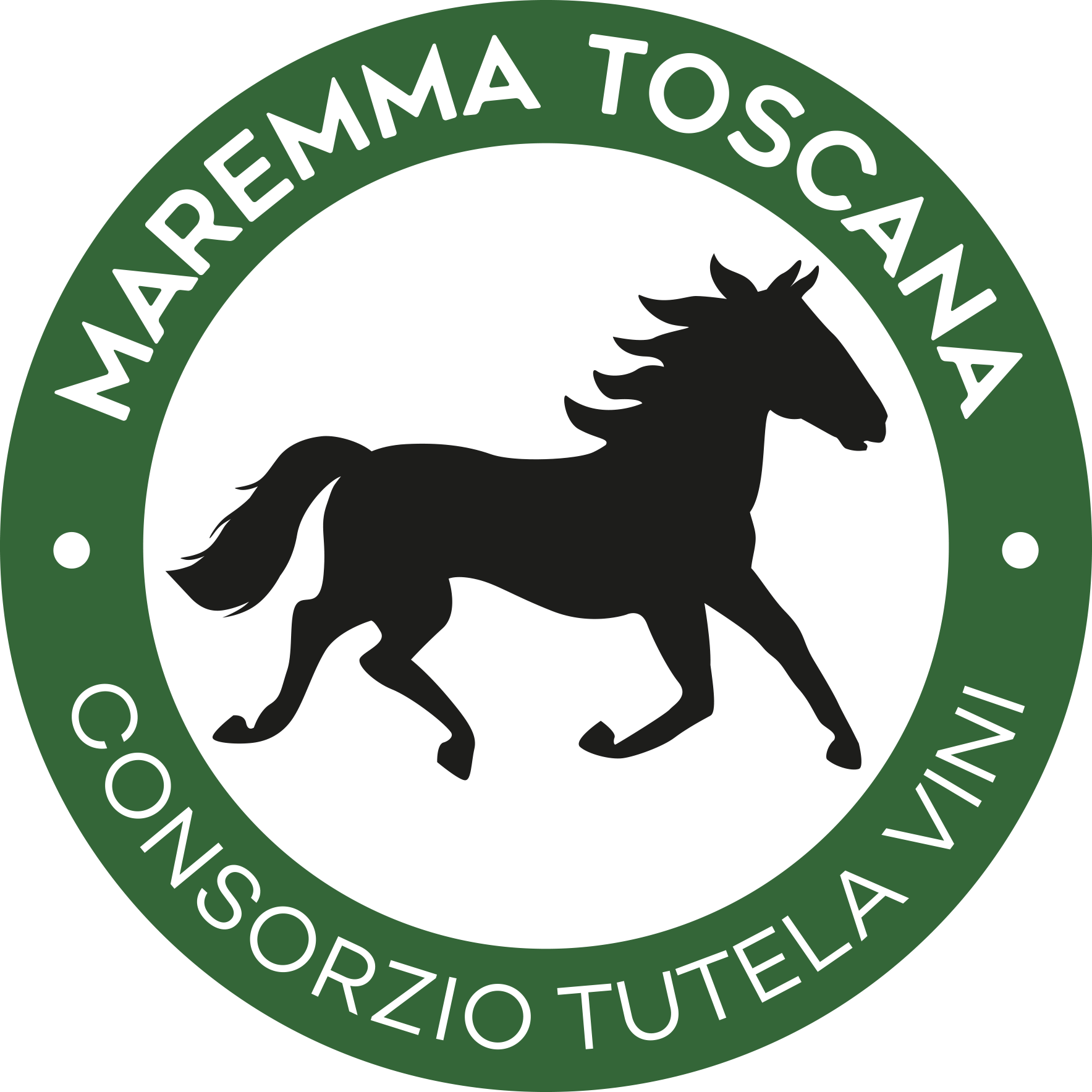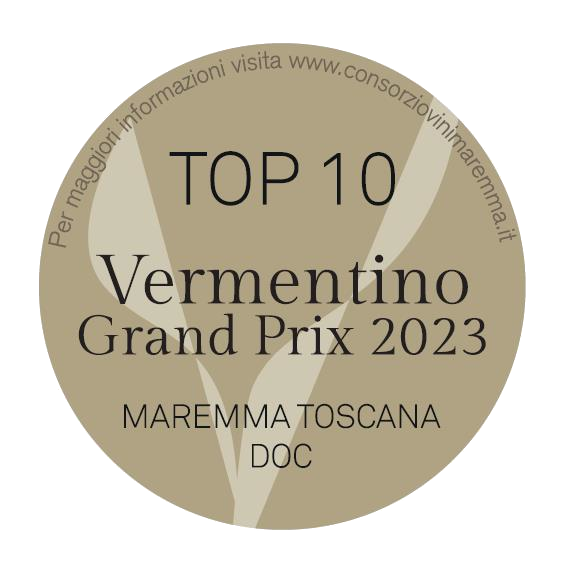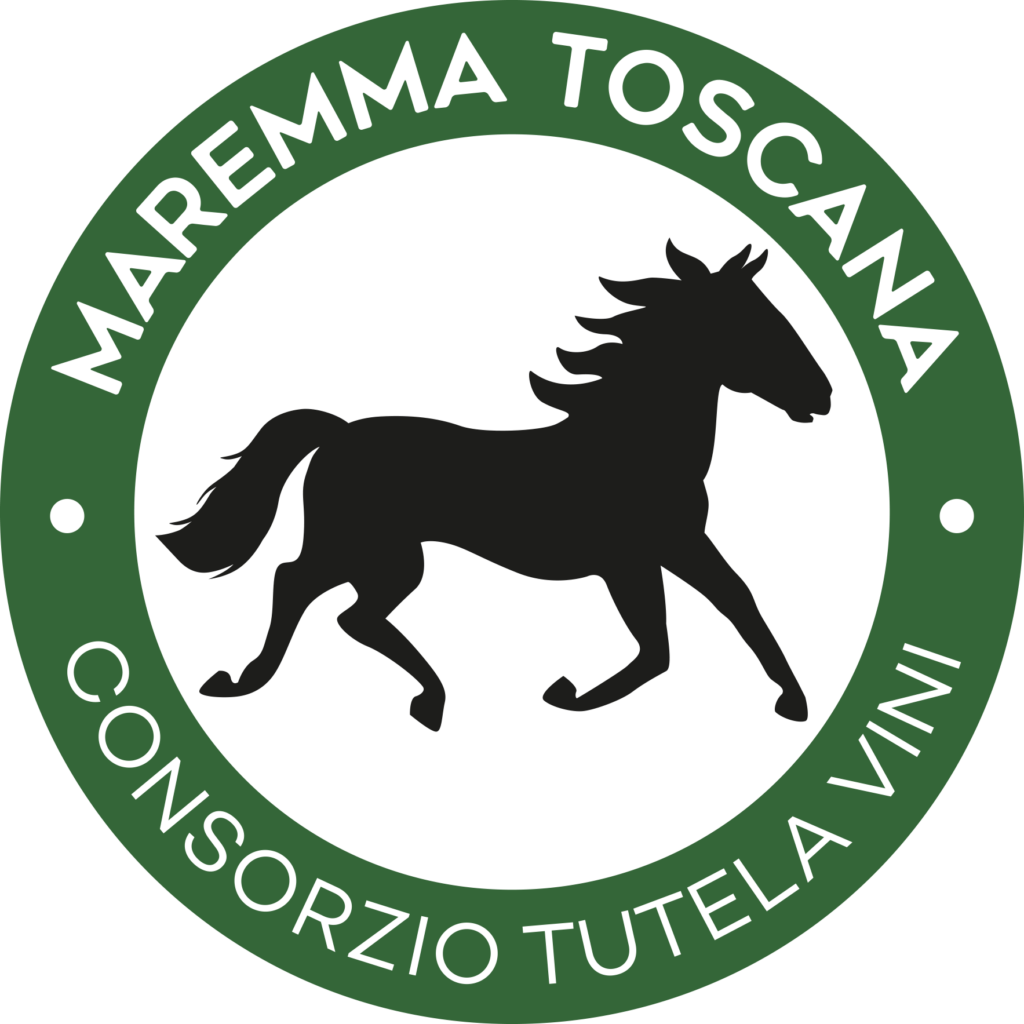Viognier
It is an international grape variety of French origin, to be precise from the Rhône Valley, which has experienced, in recent years, a decisive diffusion in the Maremma area, passing from about ten hectares in 2006 to the current 120, mainly located in the municipalities of Magliano in Tuscany, Pitigliano, Castiglione della Pescaia, Roccastrada and Grosseto.
It is also known by the synonyms Vionnier, Petit Vionnier, Viognè.
One of the hypotheses about the origin traces its introduction on transalpine soil to the time of Emperor Probus, a native of Croatia, in particular of Smirnium (Sirmium, today Sremska Mitrovica, in Serbia) who, re-establishing the obligation to cultivate the vine in Gaul – previously abolished by Domitian – would have bred a vine called Vuga, originally from the island of Vis, in the Condrieu area. And still today, Viognier is grown right on the island of Vis, off the Dalmatian coast, under the name of Vugava or Bugava. According to others, however, it was the Greeks who began to cultivate this variety by going up the Rhone Valley, starting from the steep slopes of the Côte-Rôtie, Ampuis and Condrieu.
It is a vine with a medium-early ripening period and a high vigor, which prefers warm environments, where it is able to better express its aromatic characteristics; it is very sensitive to the wind, while it tolerates drought well.
The wines are deep yellow, golden in color, with a complex aroma of ripe apricot, lime blossom, honey, tamarind, and a full, fatty flavor, yet with a good acidity, which makes them fresh anyway.
Viognier wines lend themselves to combinations with seafood, shrimp salad, vegetable flans, soft and fresh cheeses such as the typical marzolino, grilled fish or white meats.
The Viognier grape and Maremma Toscana DOC:
Maremma Toscana DOC “Bianco” and “Bianco Riserva” (presence in the minimum limit of 60% alone or together with Tuscan Trebbiano and Vermentino)
Maremma Toscana DOC “Bianco Spumante” (presence in the minimum limit of 60% alone or together with Tuscan Trebbiano and Vermentino)
Maremma Toscana DOC “Passito Bianco” (presence in the minimum limit of 60% alone or together with Tuscan Trebbiano and Vermentino)
Maremma Toscana DOC «Vendemmia Tardiva Bianco» (presence in the minimum limit of 60% alone or together with Tuscan Trebbiano and Vermentino)
Maremma Toscana DOC “Vin Santo” (presence in the maximum limit of 60% as a complementary white grape)
Maremma Toscana DOC “Viognier” (presence for at least 85%)
Maremma Toscana DOC “Viognier Late Harvest” (presence for at least 85%)
Maremma Toscana DOC Bivarietale: Viognier associated with another white grape variety (presence between 15% and 85%)


